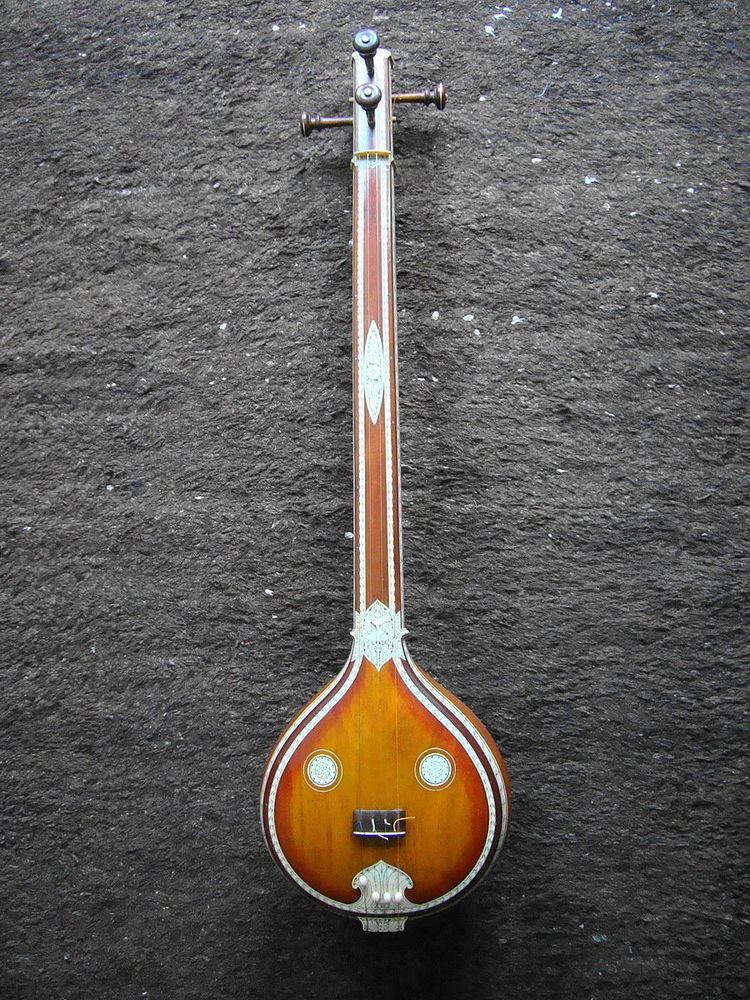 | ||
Kedaram (pronounced kēdāram) is a rāgam in Carnatic music (musical scale of South Indian classical music). It is a derived scale (janya rāgam) from Shankarabharanam, the 29th Melakarta rāgam.
Contents
Kedaram is similar to Natbehag of Hindustani classical music. The Kedar of Hindustani music belongs to Kalyan thaat and is quite different from Kedaram.
Structure and Lakshana
Kedaram is an asymmetric scale that does not contain dhaivatam. It is called a vakra audava-shadava rāgam, in Carnatic music classification. This classification implies that it has 5 notes in ascending scale with zig-zag notes and 6 notes in descending scale. Its ārohaṇa-avarohaṇa structure is as follows (see swaras in Carnatic music for details on below notation and terms):
This scale uses the notes shadjam, chatusruti rishabham, antara gandharam, shuddha madhyamam, panchamam and kakali nishadam.
Popular compositions
Kedaram has been used by many composers for compositions in Carnatic music. Here are some popular compositions in this musical scale.
